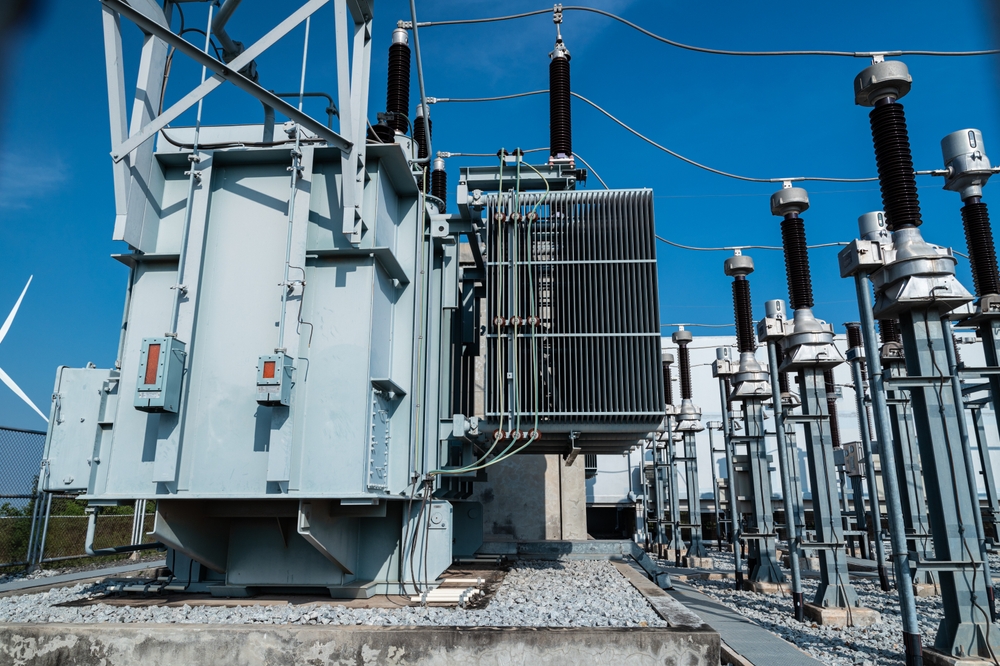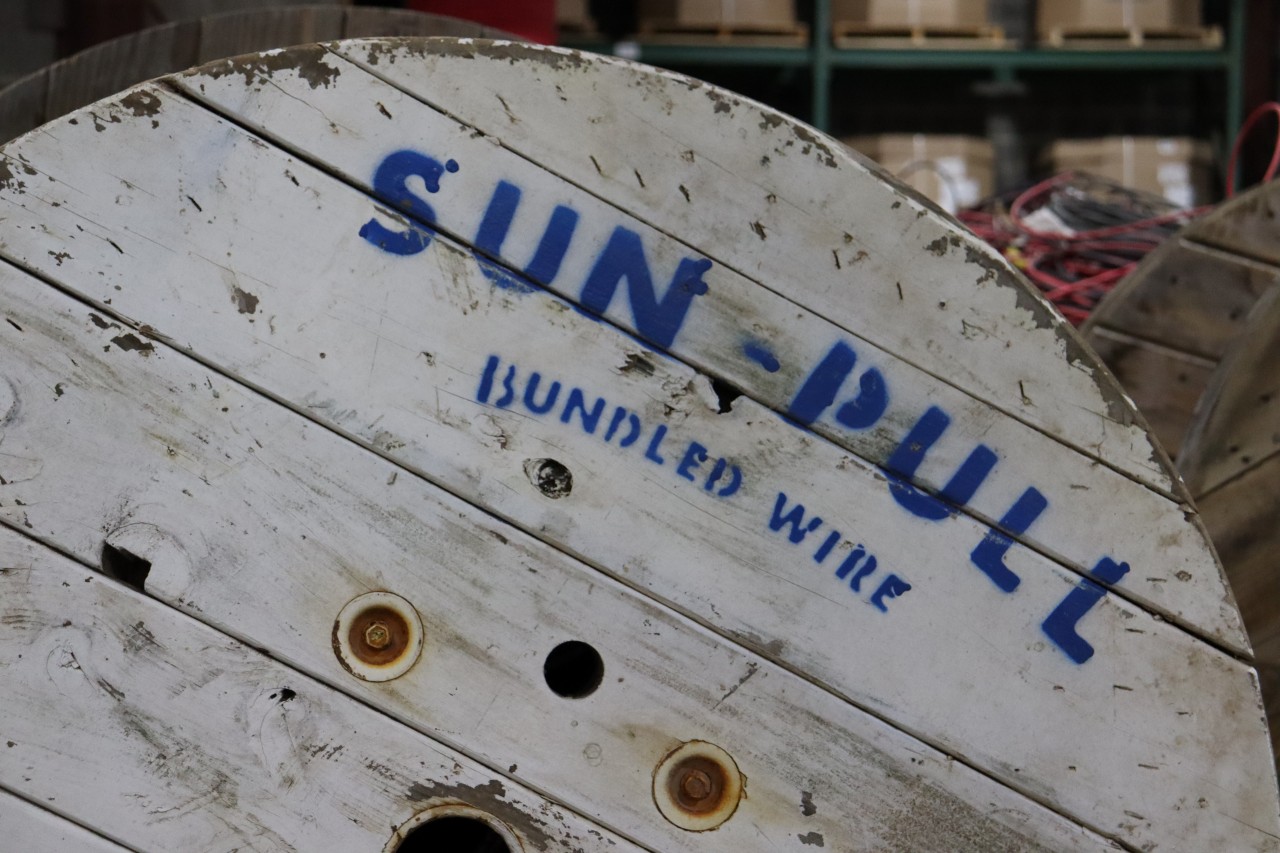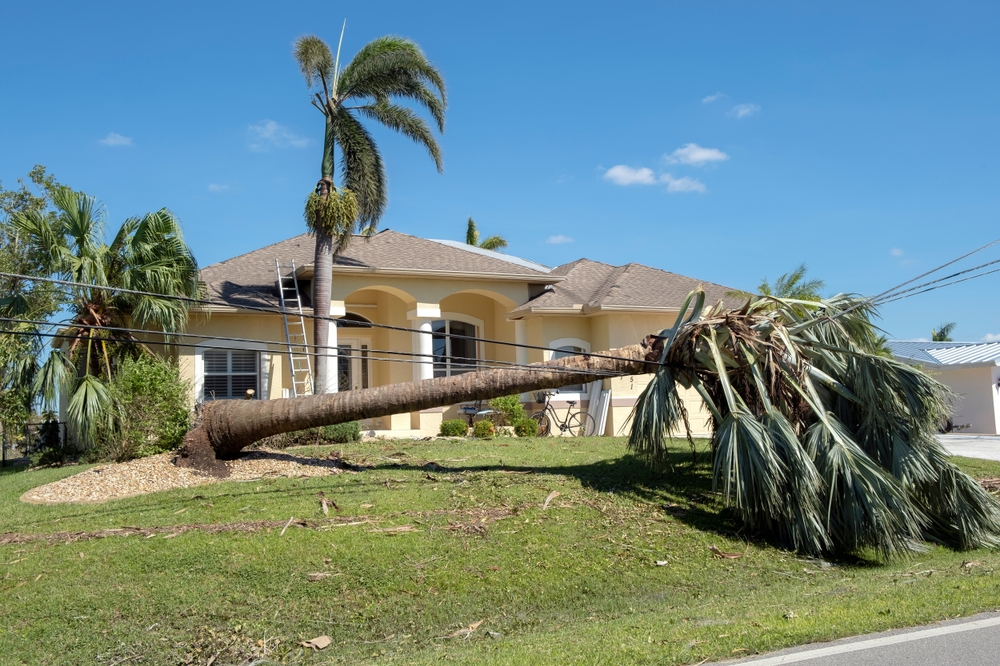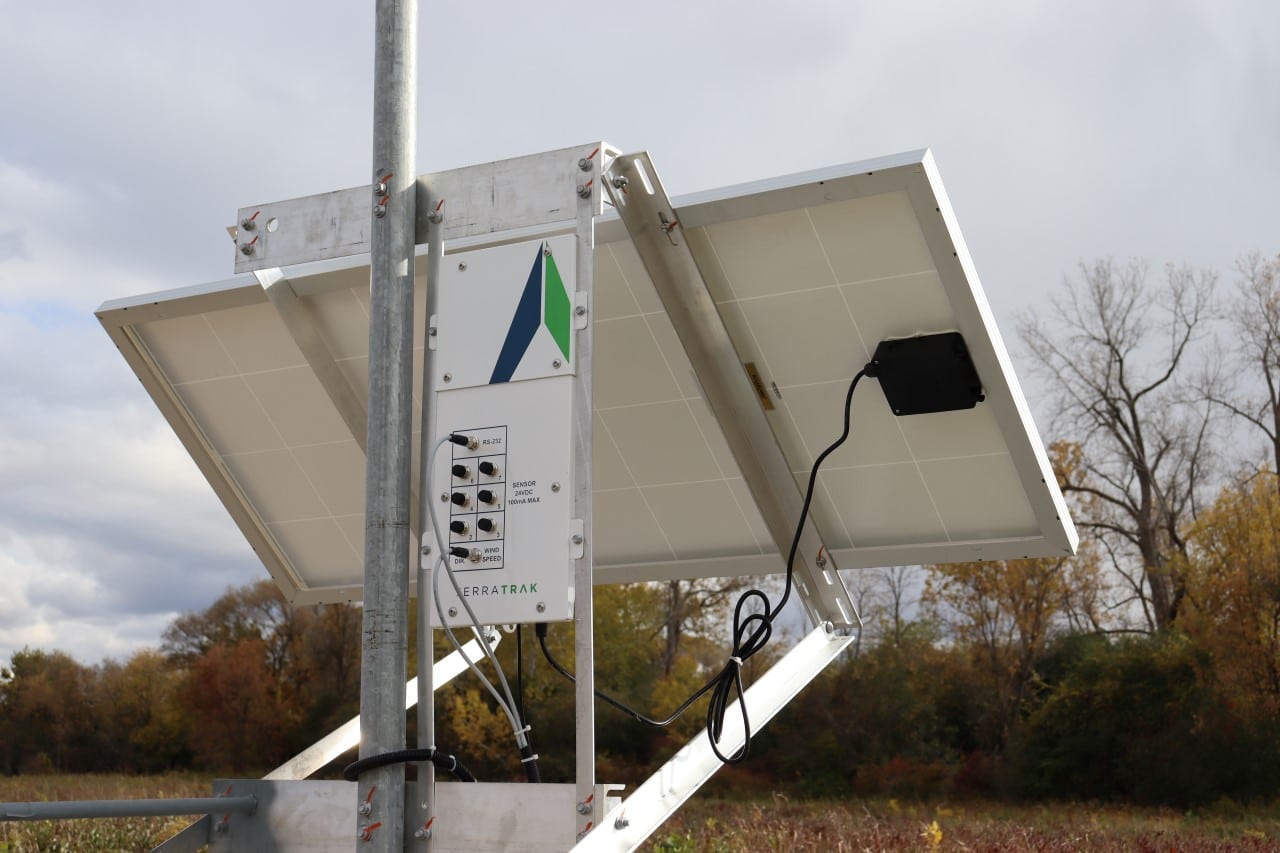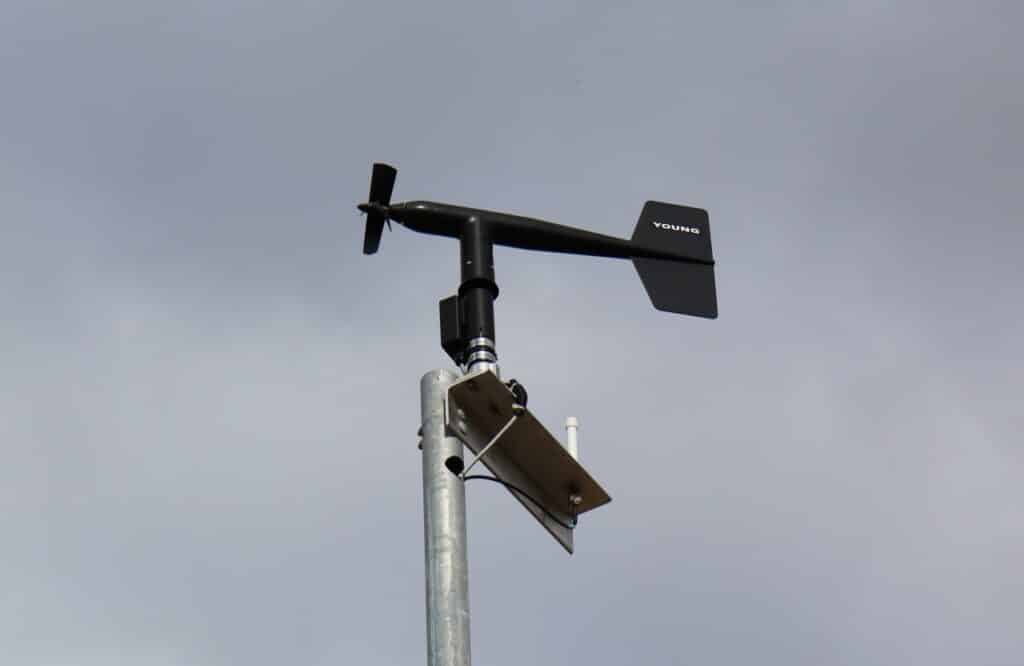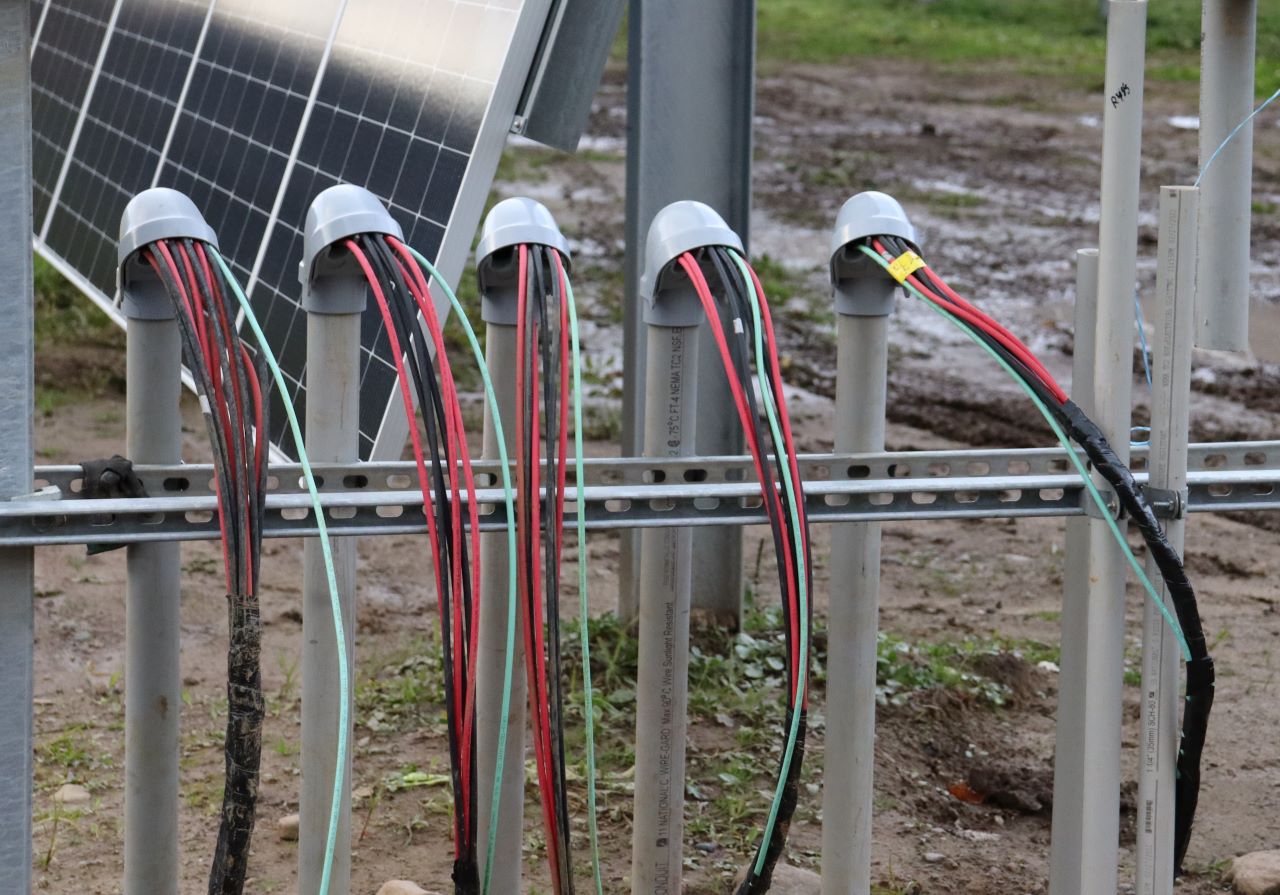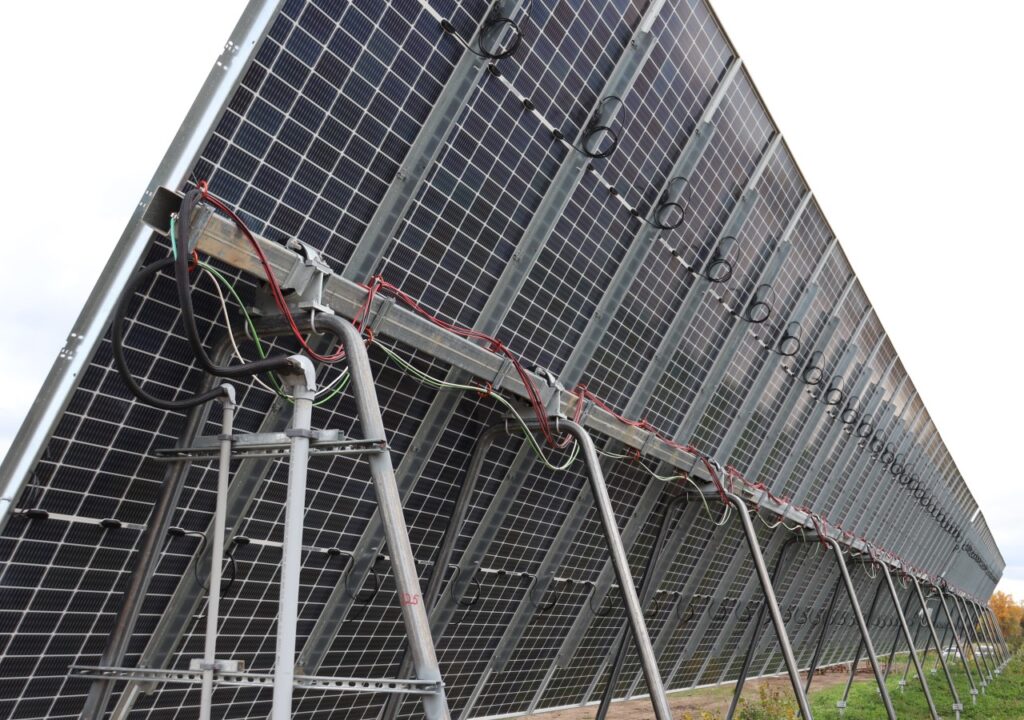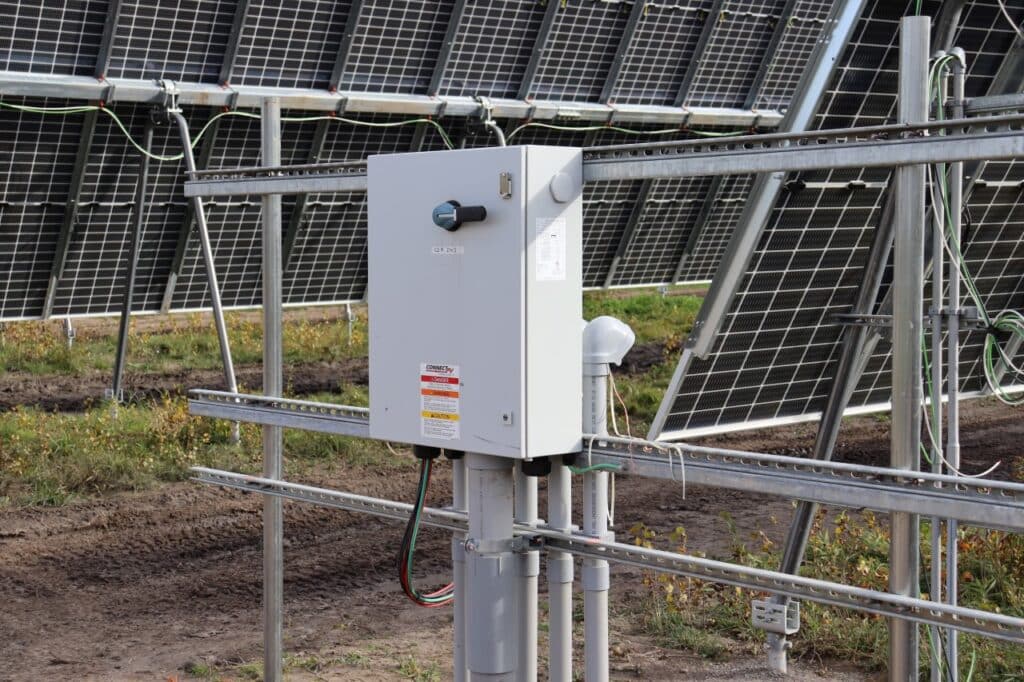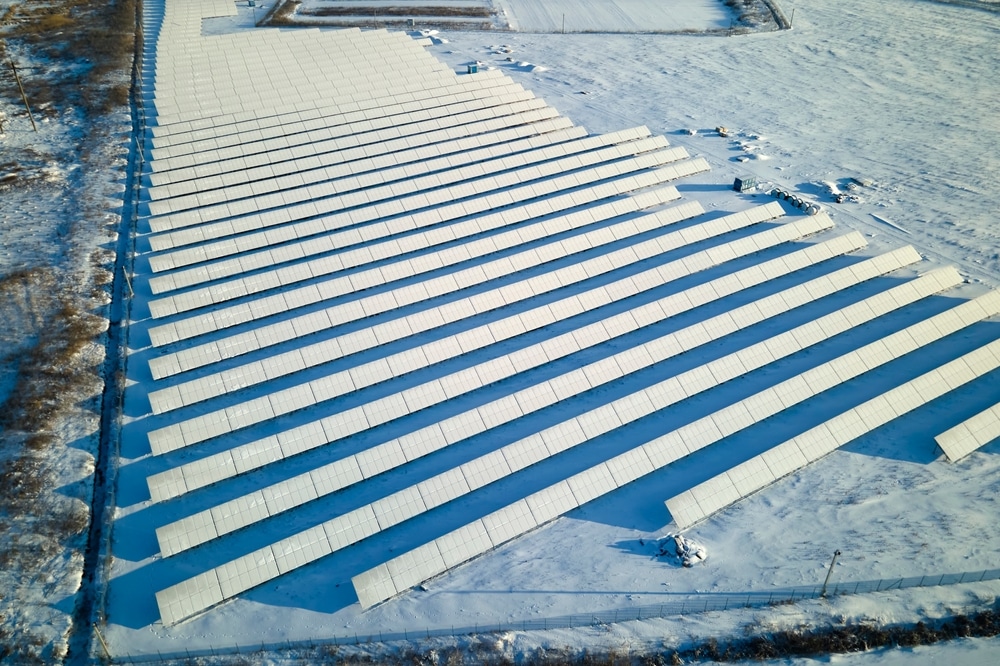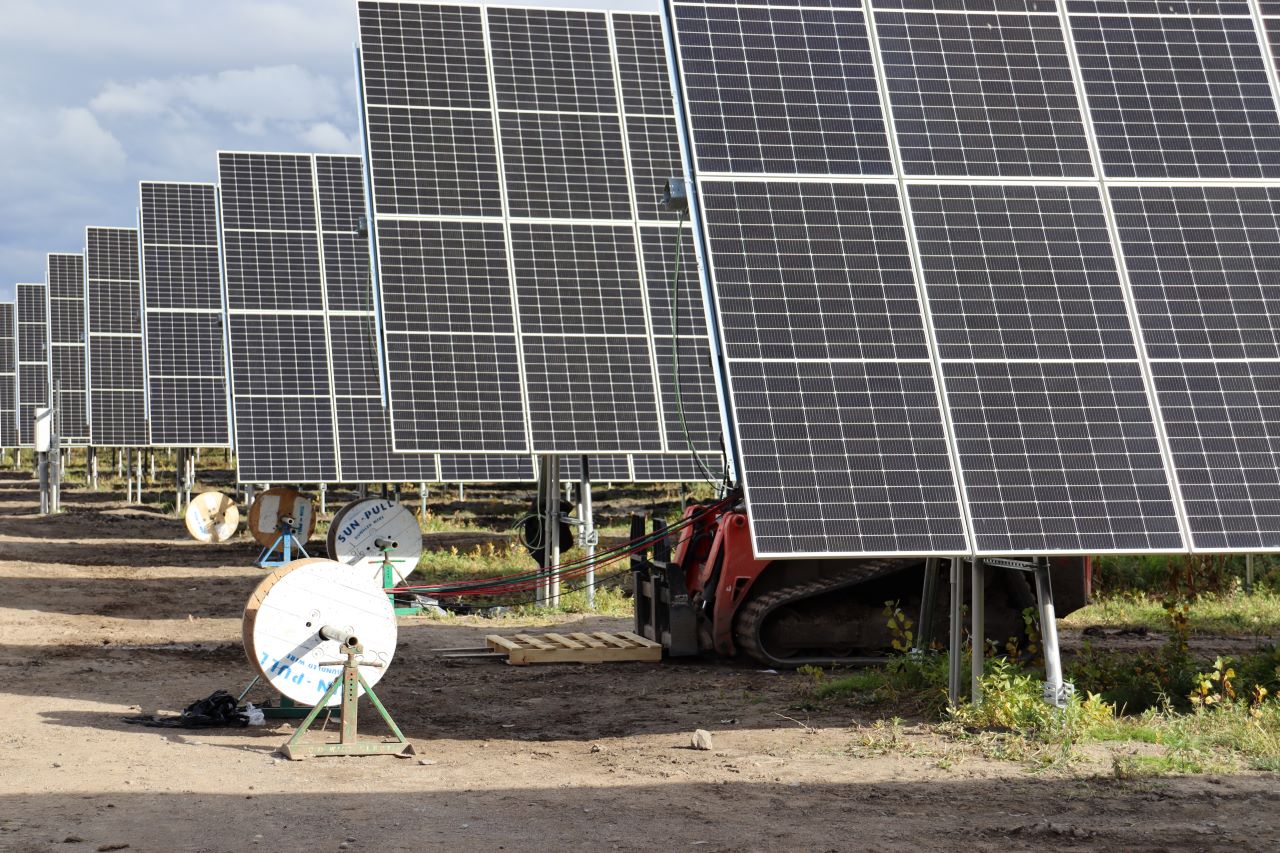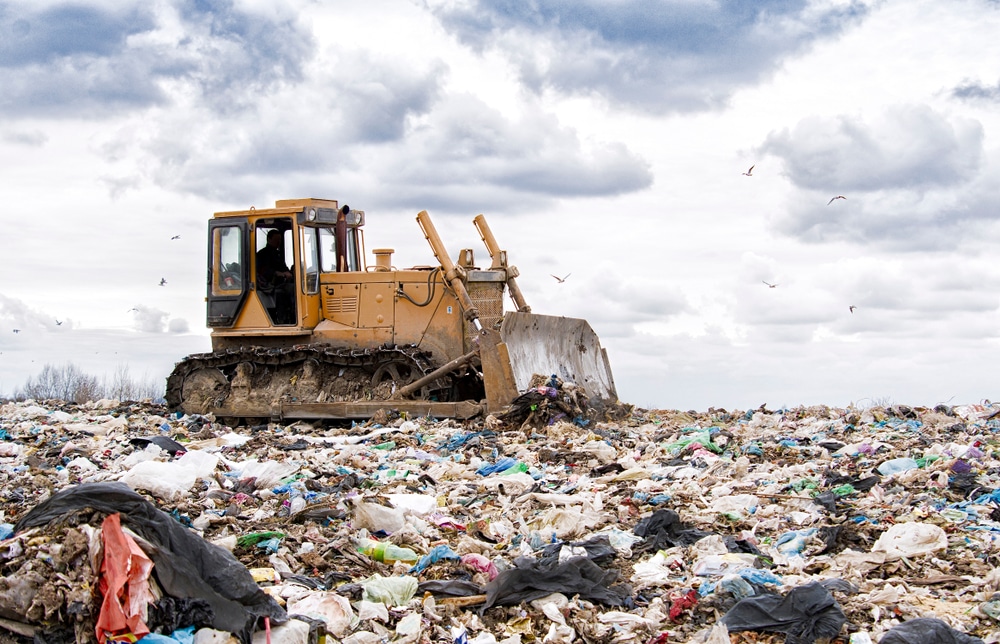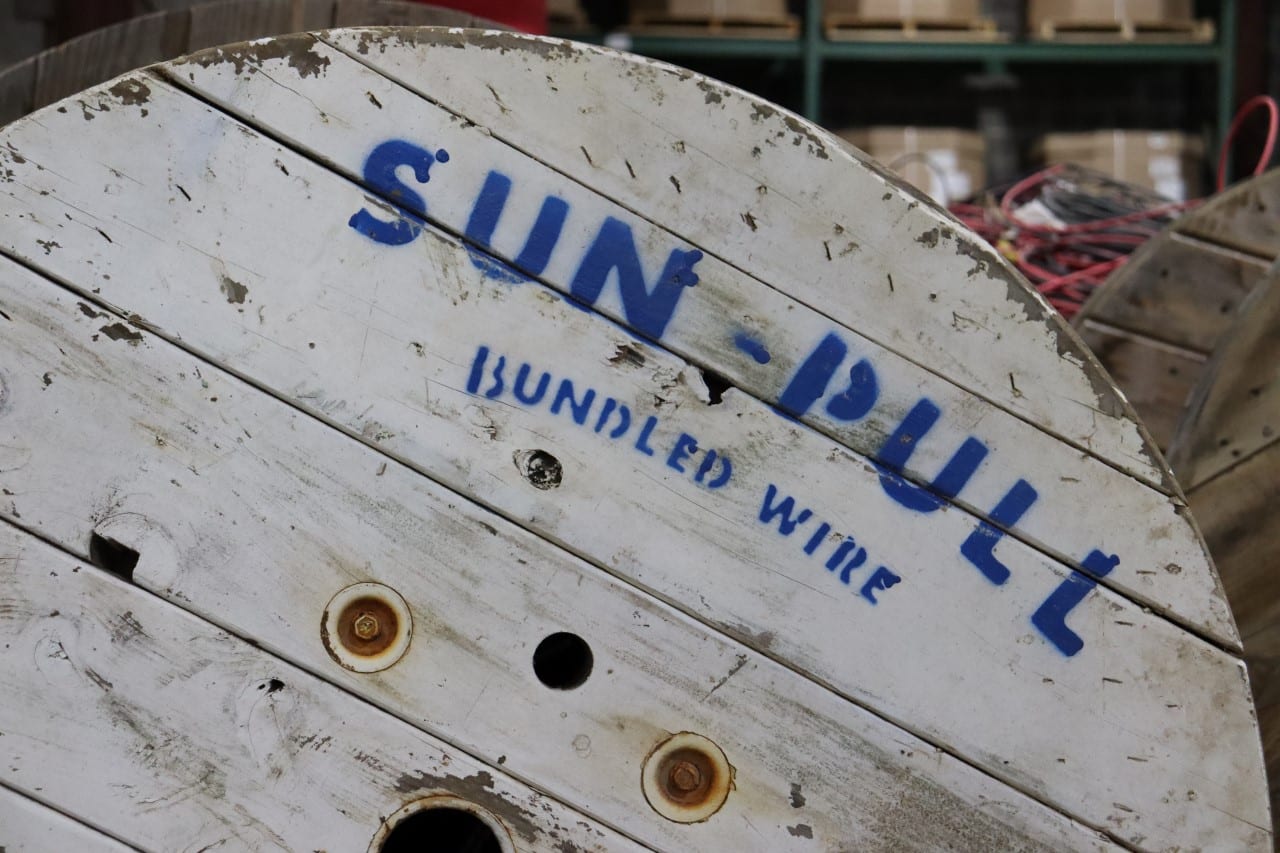In 2024, the Solar Energy Industries Association (SEIA) said the United States added about 50 GWdc of grid capacity. This was the second straight year solar energy set records, with utility-scale solar adding more than 41 GWdc.
The signs for solar EPCs look great, but there’s still plenty of room for improvement. Despite excitement for solar, the industry faces permitting and interconnection concerns.
A Two-Headed Beast
Permitting and interconnection requests are a 1-2 gut punch for many solar developers and EPCs.
Developers often find themselves buried in red tape during the permitting process. From building, zoning, and electrical permits to land disturbance studies, compatibility reports, and financial data, it’s a seemingly unending process. It isn’t specific to local government, either; federal and state approvals also matter.
The other problem is interconnection. Interconnection is the process of attaching solar sites to the larger electrical grid. It includes several studies assessing how solar sites could impact grid operations. Depending on the results, developers may have to alter projects or wait for additional studies.
Worst of all, developers may have to pay for the interconnection after waiting up to five years for results. Not only is the process expensive, but some utilities may be unwilling to help solar sites connect to the grid. This leads to even more developer costs and delays.
Could Help Be Coming?
We’re still far from a perfect system, but the government wants to make solar development easier.
The Inflation Reduction Act became law in August 2022, creating more streamlining opportunities and funding. At the same time, the Federal Energy Regulatory Commission (FERC) is pushing to simplify interconnection and permitting.
This is crucial for the solar industry and the country’s growing electricity demand. Data centers, EVs, and hotter temperatures have pushed electricity use to new heights. Renewables like solar and wind could potentially hold the keys to energy development, but we must collaborate.
What’s the Current Solar Landscape?
It shouldn’t be surprising to hear solar capacity waiting in the queue is skyrocketing.
In December 2023, about 2,600 GW of generation and storage capacity were waiting for grid connection. Of this total, 95% were solar, wind, or battery sites. In fact, solar and battery projects made up 80% of all additions in the queue.
At the same time, interconnection request times are exploding. In 2008, the average wait was less than two years. For projects built between 2018 and 2023, wait times were about four years. By the end of 2023, projects could languish for as long as five years.
So, what gives?
Clunky and Costly
Electricity use is rapidly rising. But what’s making it difficult for solar operators and utilities to increase grid capacity?
The Federal Energy Regulatory Commission (FERC) believes it can pinpoint our nation’s electricity generation problem to a few key issues.
For example, FERC has highlighted the number of interconnection requests these days. In April 2024, Berkeley Lab said around 11,600 projects were waiting to connect, totaling 2,600 GW. As more projects join the queue, delays will keep growing.
The agency highlighted other issues, including transmission capacity, delayed expansion and upgrade investments, and high interconnection costs. Unfortunately, this results in long delays in the interconnection queue and a higher risk of project withdrawals.
Permitting Problems
It’s difficult to break ground when the permitting process is a gauntlet.
States, counties, and municipalities have different approaches to solar energy. While some embrace it, others adopt a “not in my backyard” stance. Though several counties have gone so far as to ban utility-scale solar, no state has banned large-scale solar projects.
Although federal regulations govern some aspects of solar development, individual states are different. Several, including Utah, Colorado, Arizona, and New Mexico, have adopted and implemented federal rules. Other states like California and Nevada use federal regulations and supplement them with state-level ones.
With so many moving parts, solar developers can struggle to keep track of things. Luckily, government organizations like the Environmental Protection Agency (EPA) have compiled databases, guides, and procedures at the state and federal levels.
Addressing Problems
Thanks to inconsistent guidelines and processes, there’s plenty of work to sort everything out.
A single entity, government, or industry organization can’t solve our problems. The cure requires a top-down approach with input from everyone, but someone has to take the lead.
Interconnection
SEIA is collaborating with FERC and the Department of Energy to create reforms to improve interconnections. As a result, FERC is pushing interconnection rules to reduce red tape and integrate renewable energy faster.
The moves coincide with several Independent System Operators struggling to add capacity, including CAISO, NYISO, and MISO. These issues lead to long delays and other problems. As more interconnection applications flood in, ISOs must make the pieces fit without overloading aging infrastructure.
Updated Rules
FERC’s rule changes include critical updates to Order 2023 that improve how interconnection requests are handled.
Under previous rules, the system handled interconnection requests using a “first in, first out” model. While the system works when the queue is short, problems quickly develop as requests pile up. Additionally, under the “first in, first out” system, projects didn’t need viable projects to apply.
The result was a slow, clunky system.
Order 2023-A clears up some confusion and allows for faster studies. Under 2023-A, the system installs a “first ready, first served” format. This requires developers to have funding, property, and other assets ready before applying.
Once the request is in, another Order 2023-A update kicks in. Previously, studies took place one at a time. Order 2023-A introduced study batching, allowing grid operators to perform several studies simultaneously. The move saves time, money, and labor costs by letting grid operators make several decisions (and upgrades) together.
Tightening Up
Improving the review process saves time, but what happens if someone drops the ball?
Under Order 2023-A, developers must be more prepared with financing in place alongside additional site information. By forcing developers to do more leg work before submitting, operators see fewer speculative projects.
But the onus isn’t entirely on developers to keep the interconnection queue short. Transmission providers must be more prepared to address studies. If operators delay reviews or miss a deadline, they can face penalties.
Solar Permitting
Improving the interconnection process is only half of the solution. To get to the heart of the matter, officials must tackle permitting, too.
One way of making permitting more efficient is to make it more welcoming – starting with the cost. One such program is SolSmart, funded by the DoE’s Solar Energy Technologies Office.
SolSmart is a nationwide initiative to improve solar development by assisting municipalities, counties, and other organizations.
By helping local authorities better understand and adopt national practices, SolSmart reduces soft costs like permitting, zoning, and more.
Its success has led to further investment, including an extension allowing the program to operate through 2027.
Kicking Up the IRA and BIL
Two Biden-era laws are rounding into form, with provisions to make solar development more efficient.
The Inflation Reduction Act and the Bipartisan Infrastructure Law have funding attached to them specifically for improving and modernizing the grid. The funding also improves the permitting process for federal lands to encourage solar development there.
Additionally, BIL and IRA funding includes several incentives to promote viable solar projects and expedite queues.
Other Potential Reforms
It didn’t make it out of the Senate, but the Energy Permitting Reform Act of 2024 had several provisions for solar development and permitting.
The bill proposed accelerated leasing and permitting on federal lands and establishing clear deadlines for renewable projects like PV systems. It also simplified renewable energy environmental reviews, which can take months to years to complete.
Most importantly, the bill would have codified a 50 GW renewable energy generation goal for federal lands by 2030.
Making the Most of the Situation
Permitting and interconnection processes are difficult and possibly broken. But it doesn’t mean solar developers should sit idly and wait for conditions to improve.
Develop Partnerships
The easiest way to navigate solar development red tape is by building good relationships with government sources. Local, state, and federal departments have similar goals but solve problems differently.
Developers should work closely with each layer of government to get approval for each step. These sources also come in handy if rules change. Additionally, resources like the RAPID database help with best practices, permitting documents, and other information.
Stay Prepared
Preparation is paramount, especially as FERC prioritizes viable, well-planned projects. Filings should contain as much information as possible, including assessments, environmental surveys, funding sources, and land data.
But solar contractors and developers don’t embark on utility-scale projects alone. They build teams with strong strategic partners, including municipalities, interconnecting utilities, and state officials. When speed bumps approach, these partners can help with documentation and other preparation.
Know Your Permits
Permit requirements and combinations differ across municipalities, counties, and states. For example, agencies like the Bureau of Land Management (BLM) have processes specifically related to building on federal land. The RAPID database is, once again, an excellent resource for the latest permitting and bulk transmission regulations.
During difficult preparations, solar companies should hire an experienced consultant. Find a professional in the state where the project will take place and rely on them to help guide the permitting process. Hiring a knowledgeable organization may be expensive but could reduce delays.
Be Ready for Anything
The truth is nothing in the solar industry stays the same for long.
Governments are moving quickly to improve regulations and permitting, with FERC and other groups fixing interconnection methods. But with so much happening around us, keeping up with rapidly changing rules is essential.
Be prepared, but ready to adapt when necessary. Preparing for every outcome isn’t possible, but adjusting quickly helps developers roll with the punches, limiting costly delays.


